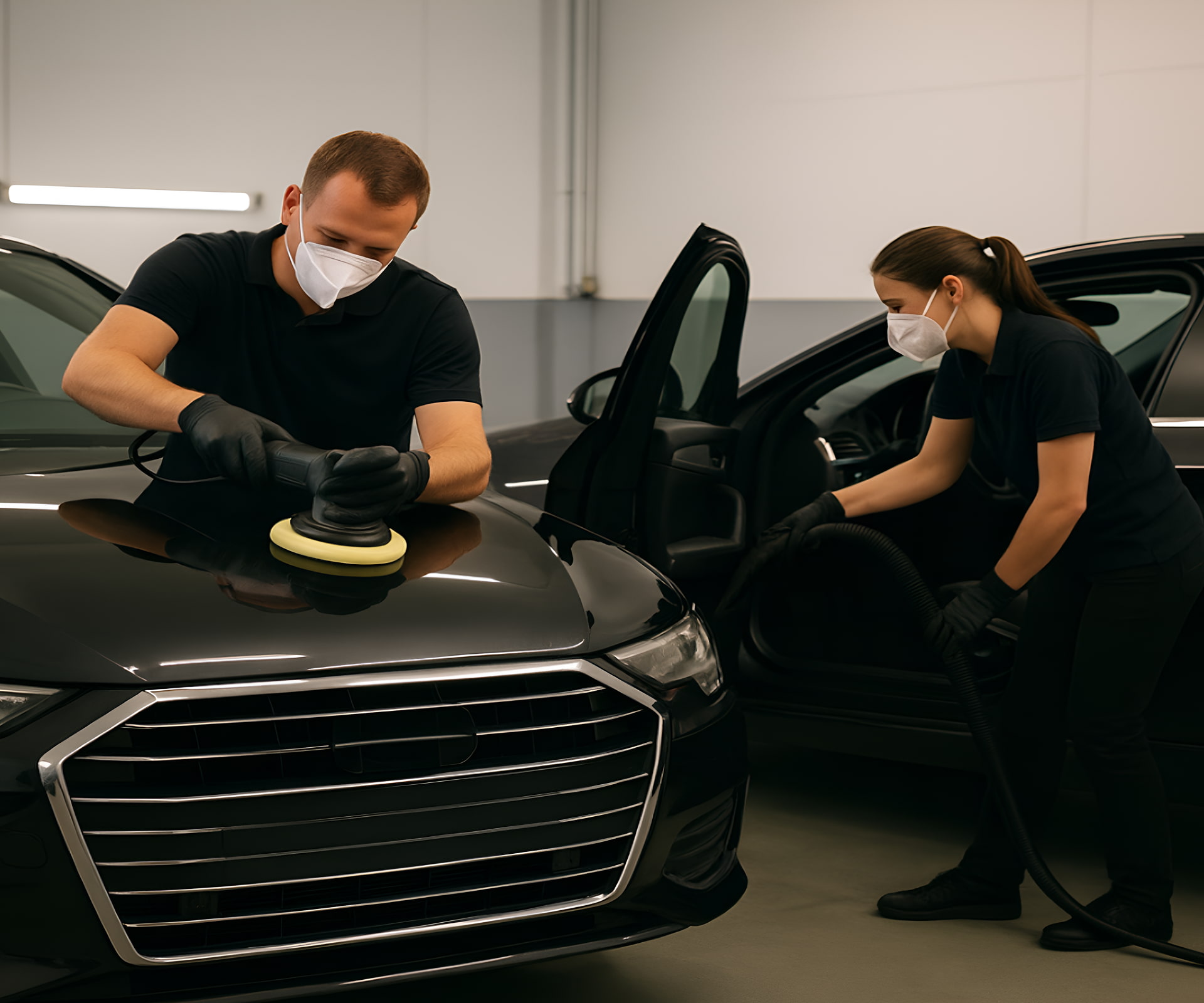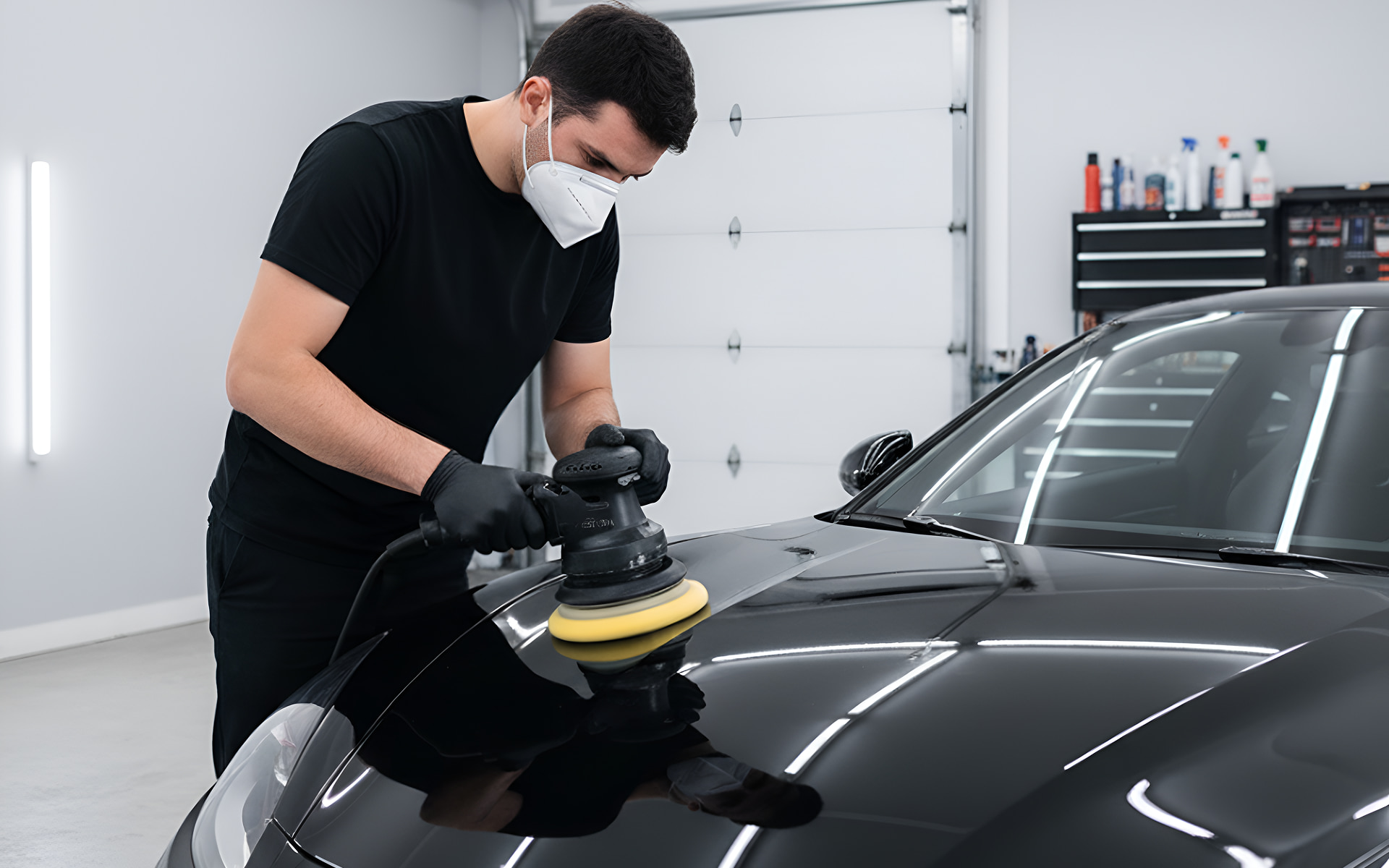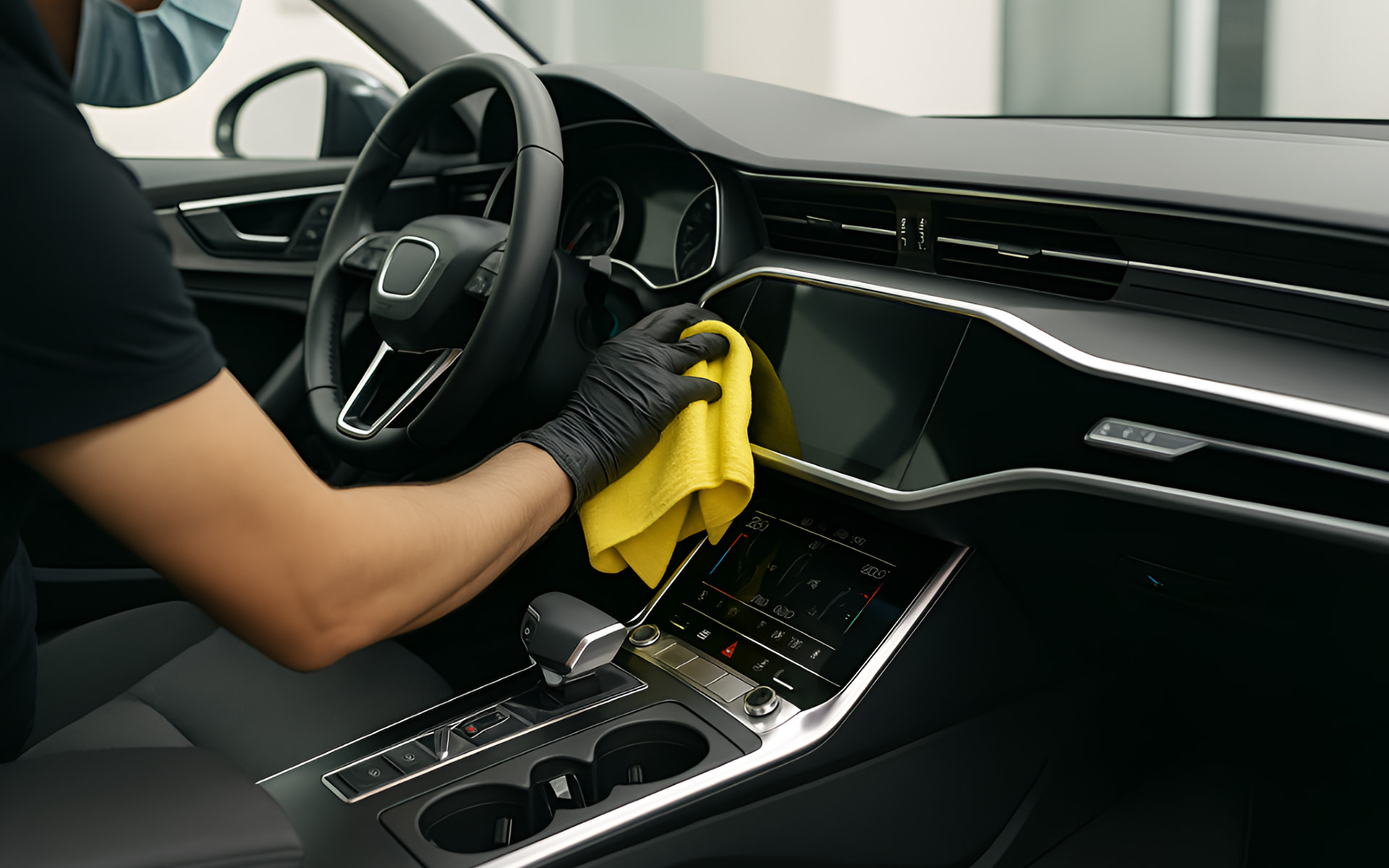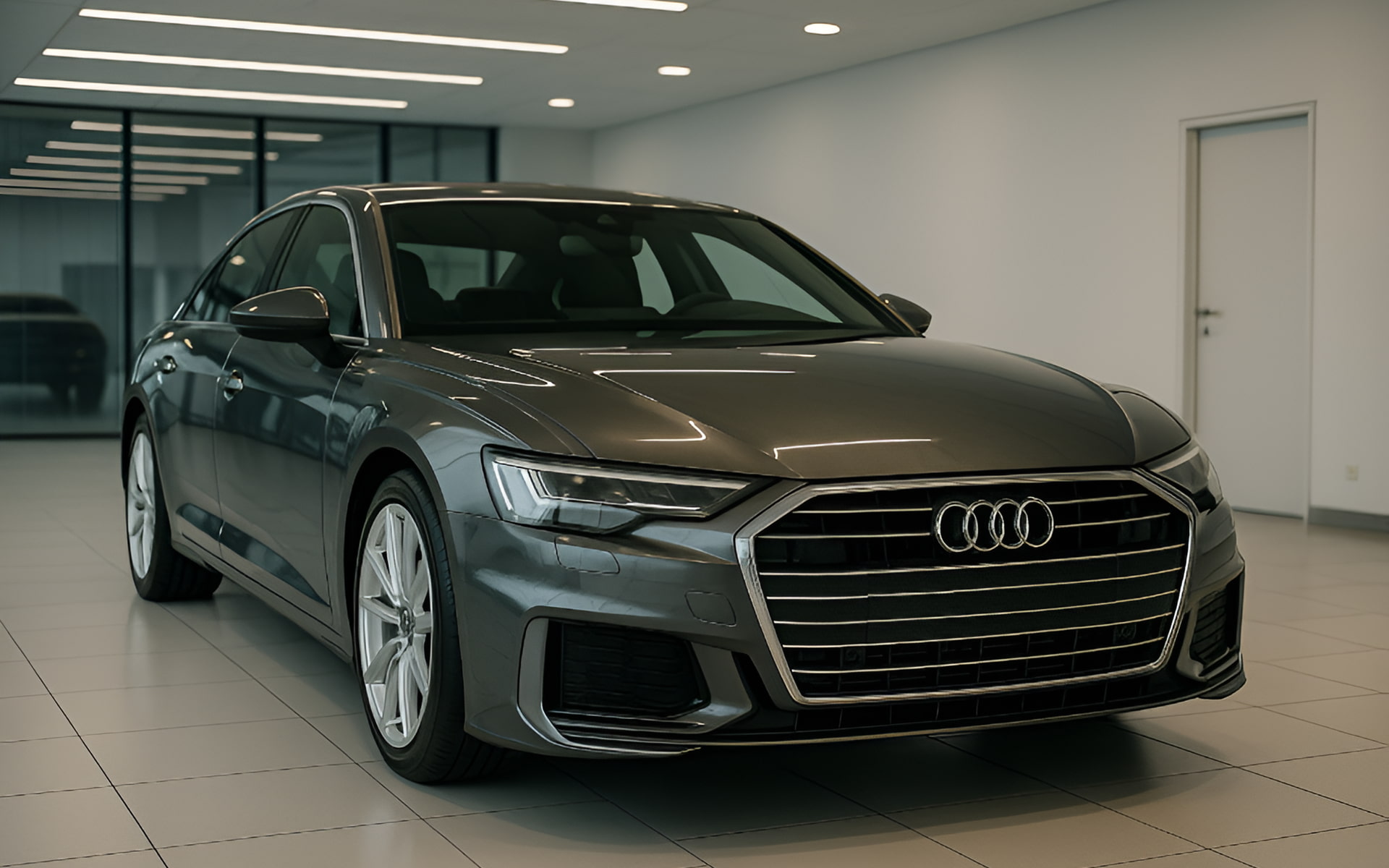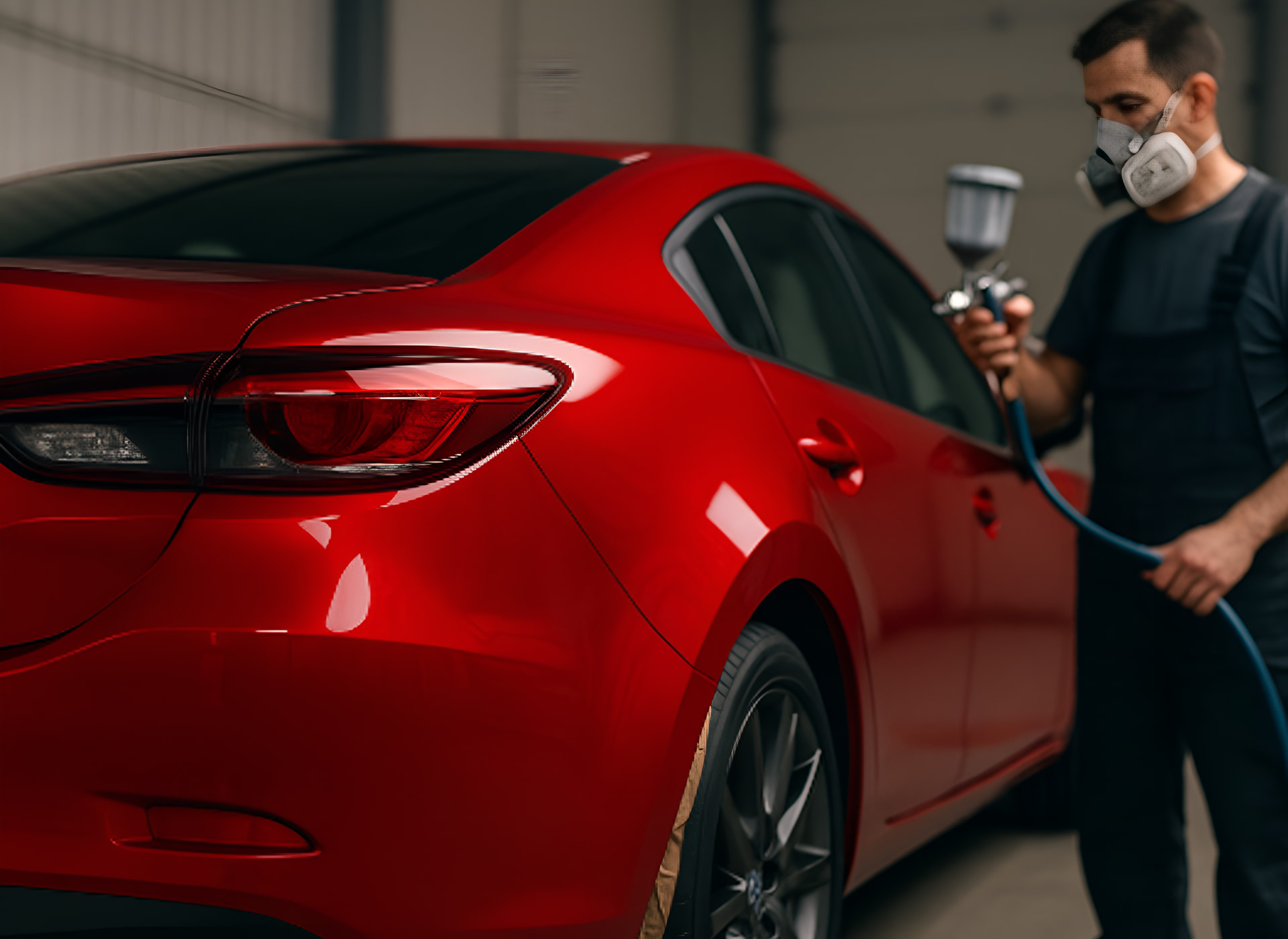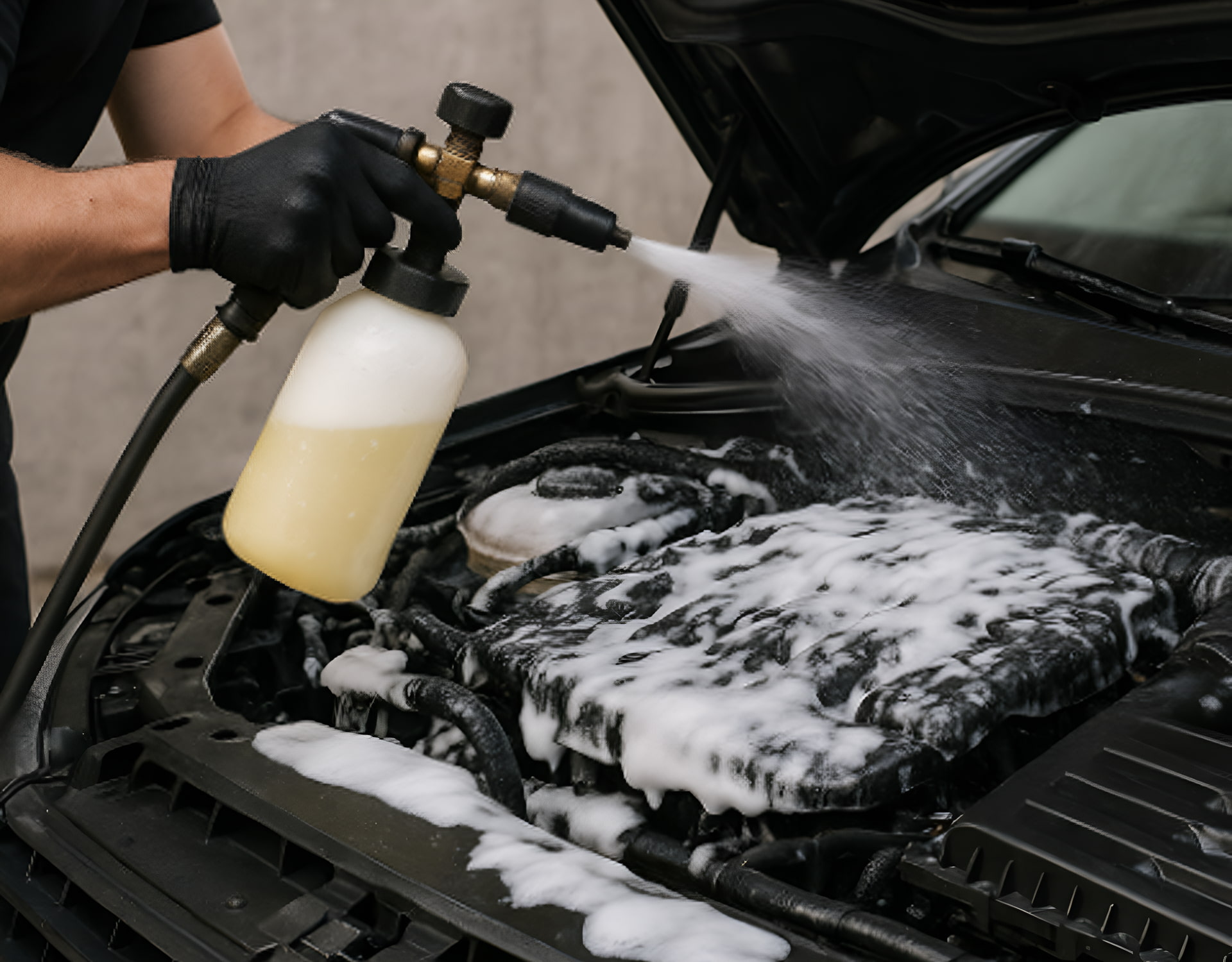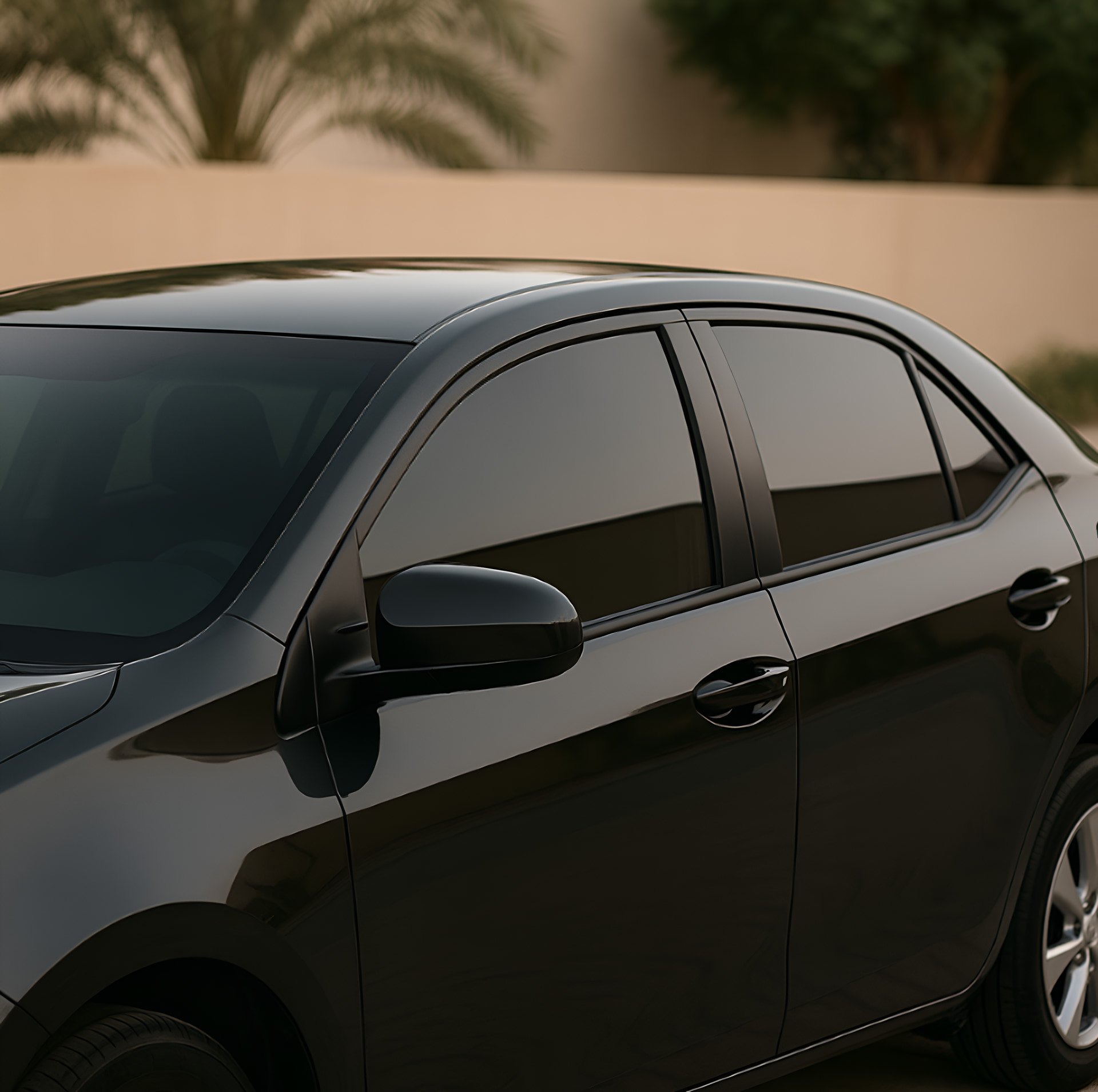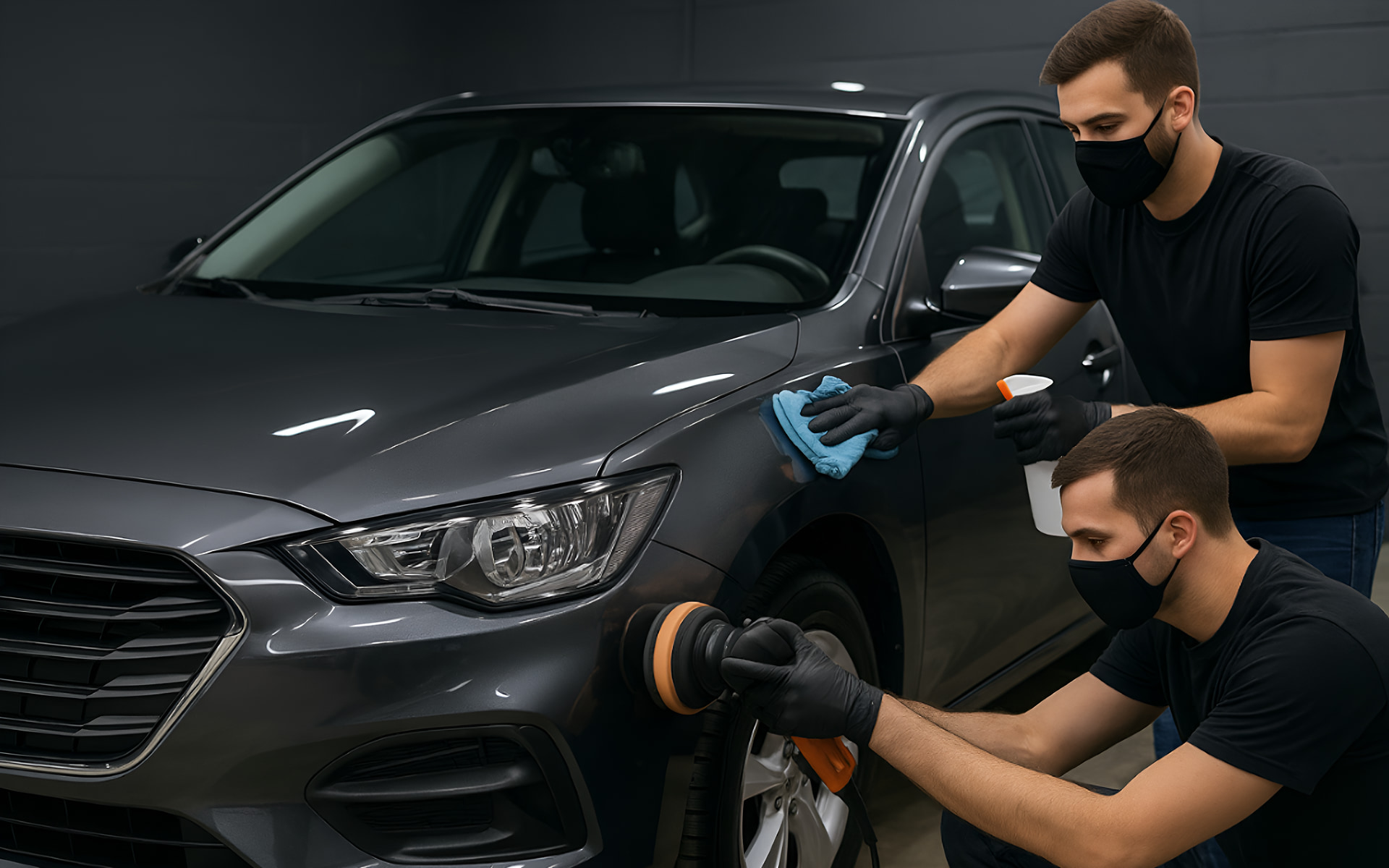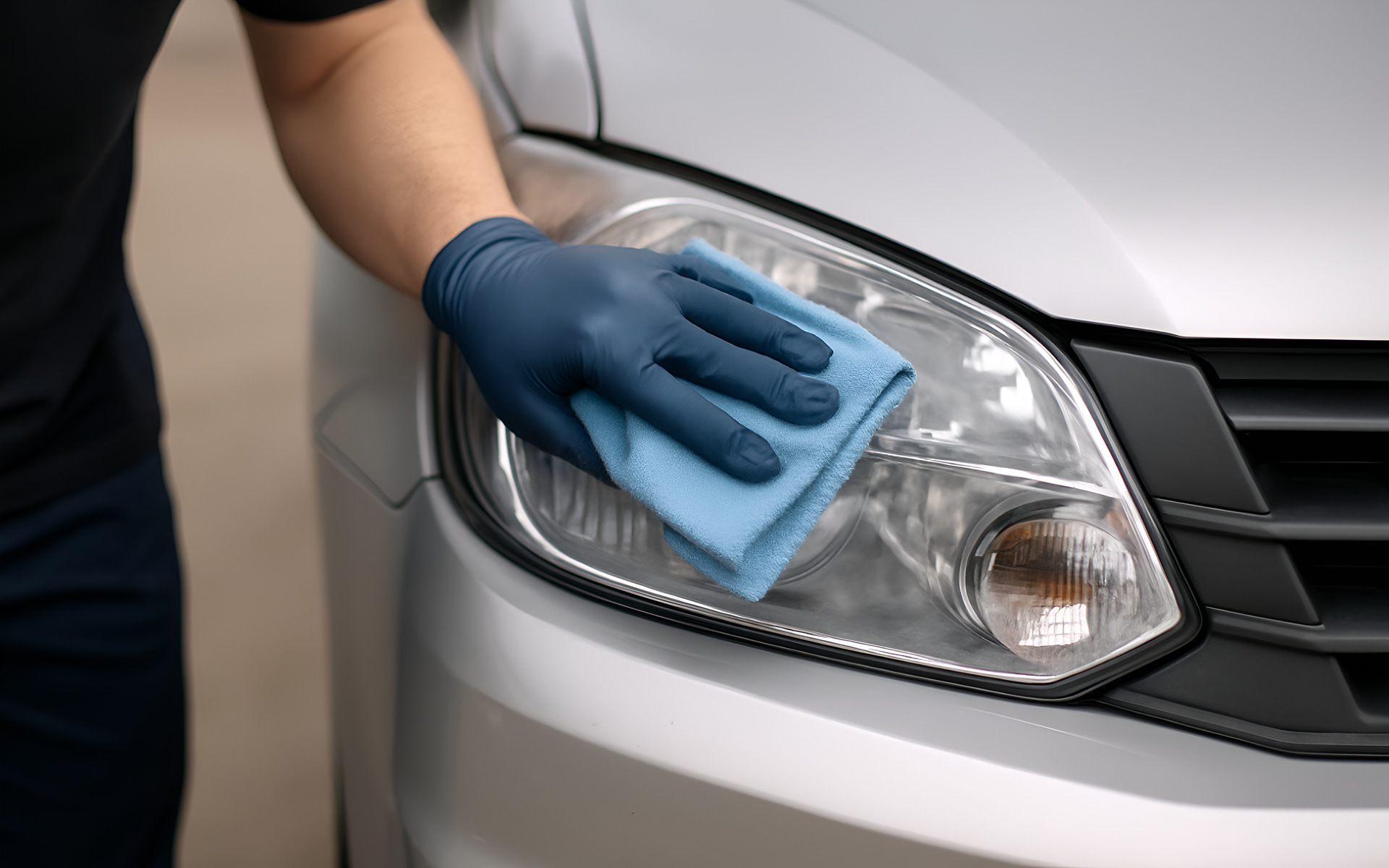Have you ever winced seeing your car baked under the scorching sun or pelted by a sudden hailstorm? What if your vehicle had an invisible shield that could fight back against the elements? Extreme weather is a constant threat to your car’s appearance and value. From the relentless UV rays to acidic rain and everything in between, your paint job is under constant attack. But there is a powerful solution that offers superior protection, a solution known as ceramic coating.
This advanced technology is more than just a fancy wax. It is a liquid polymer that, when applied to your car’s exterior, chemically bonds with the factory paint, creating a permanent or semi-permanent layer of protection. Think of it as giving your car a second skin, one that is incredibly tough, hydrophobic, and resistant to numerous environmental contaminants. This article will explain exactly how this innovative product stands as the ultimate guardian for your vehicle against harsh weather conditions.
What Exactly is a Ceramic Coating?
To understand its benefits, it is important to know what ceramic coating is. In simple terms, a ceramic coating is a liquid solution that is applied to the exterior surfaces of a car. Once it cures, it hardens into a clear, hard layer that sticks on top of your car’s clear coat. This layer is made primarily of silicon dioxide (SiO2), which is essentially a type of glass in liquid form. Other components like titanium dioxide (TiO2) are often added to enhance its properties.
This chemical bonding is what sets it apart from traditional waxes or sealants that simply sit on top of the paint and wash away over time. It becomes a part of your car’s surface, offering a level of durability that traditional products cannot match.
The Scorching Sun and UV Damage
The sun is one of your car’s biggest enemies. Prolonged exposure to ultraviolet (UV) rays causes your car’s paint to oxidize. This process makes the color look faded, dull, and chalky over time. It can also cause the paint to become brittle and crack. Traditional waxes offer minimal protection against this, as they break down quickly under the sun’s intense heat.
A high-quality ceramic coating provides a strong layer of protection against UV damage. The hardened SiO2 layer acts as a barrier, reflecting the harmful rays and preventing them from penetrating the paint underneath. This significantly reduces oxidation, keeping your car’s color vibrant and like-new for years, effectively preserving its resale value.
Protection from Acidic Rain and Chemical Stains
Modern rain is not always pure water. Pollution in the atmosphere can mix with rainwater, creating a weak acidic solution. When this acidic rain lands on your car and dries, it leaves behind water spots that can etch into the clear coat, creating permanent, dull marks. Similarly, tree sap, bird droppings, and bug splatter are highly acidic and can eat into your paint very quickly if not removed.
The chemical resistance of a ceramic coating is a key benefit here. The non-porous, slick surface prevents these contaminants from bonding strongly with the paint. While they will still land on the car, they are much easier to wash off before they have a chance to cause any lasting chemical stains or damage.
The Hydrophobic Effect and Water Spotting
One of the most noticeable features of a ceramic coating is its hydrophobic nature. This means it repels water. Instead of sheeting across the surface and drying slowly, water beads up into tight, round droplets and simply rolls off the car.
This is not just for show; it is a critical function. By encouraging water to bead and roll away, the coating minimizes the amount of water that stays on the surface to dry. This drastically reduces the formation of water spots, especially those caused by mineral-rich hard water. After a rain shower or a wash, your car dries faster and with far fewer spots, making maintenance easier and keeping it cleaner for longer.
Shielding Against Extreme Heat and Minor Scratches
Intense heat can soften your car’s clear coat, making it more vulnerable to scratches and swirl marks during washing. The ceramic coating itself is highly resistant to heat, providing a protective shell that can withstand high temperatures. This hard layer also adds a level of scratch resistance.
While it will not make your car immune to keying or deep scratches from sharp objects, it effectively protects against light swirls and marring caused by improper washing techniques, dust, and loose dirt. This makes the coating an excellent investment for anyone who wants to keep their car looking pristine with less worry about minor abrasions.
Defense in Winter and Against Road Grime
For those in colder climates, winter brings a unique set of challenges. Road salt and de-icing chemicals are extremely corrosive and can cause severe damage to your car’s paint and undercarriage, leading to rust. While coating the underside is a different process, a ceramic coating on your painted surfaces provides a protective barrier against these harmful chemicals.
The slick surface makes it difficult for salt and grime to stick, allowing for easier and more effective washing throughout the winter months. This prevents the corrosive materials from sitting on the paint for extended periods, giving you a better chance of removing them before they cause damage.
The Long-Term Benefits and Value
The cumulative effect of all these protective properties is a car that looks newer for much longer. The coating preserves the factory-fresh shine and gloss, protecting your investment. This maintained appearance directly translates to a higher resale value. Potential buyers will be impressed by a well-kept paint job free from oxidation, swirl marks, and chemical etching. When you consider the cost of frequent waxing, paint correction, and potential repaints, a one-time application of a ceramic coating proves to be a cost-effective solution in the long run. It is not just a product; it is a long-term strategy for vehicle preservation.
Conclusion: Your Car’s Ultimate Shield
Extreme weather does not have to mean the end of your car’s beautiful finish. A ceramic coating provides a proven, durable, and effective layer of protection against sun, rain, heat, cold, and environmental contaminants. It is the closest thing to a force field you can get for your vehicle, keeping it cleaner, shinier, and more valuable for years to come. For those seeking the best protection available, the choice is clear when considering Ceramic Coating vs PPF, as both options help defend your car, but ceramic coating offers lasting gloss and ease of maintenance.For expert application and premium ceramic coating in Sharjah that you can trust, look no further than Monza. Our detailers are trained to properly prepare your vehicle and apply the coating for maximum durability and effect. Protect your investment with the best. Contact Monza today at +971 554 24 2600 or email us at monzaautocare@gmail.com to schedule your appointment and give your car the ultimate defense it deserves.
Frequently Asked Questions
How long does a professional ceramic coating actually last on a car?
A professional-grade ceramic coating applied by a certified detailer can last for several years, typically between two and five years. The longevity depends on the specific product used, the preparation work, and how well the vehicle is maintained afterwards with proper washing techniques.
Can I apply a ceramic coating myself over a few old scratches on the paint?
No, you should not. Applying a coating over scratches will simply lock them in place and make them more visible. The surface must be perfectly clean and smooth through a process of washing, decontamination, and paint correction to remove any imperfections before application.
Will a ceramic coating completely prevent my car from getting dirty?
While it will not make your car immune to dirt, a ceramic coating significantly reduces how well dirt, dust, and mud can stick to the surface. This makes the car stay cleaner for longer periods and makes washing it much easier and faster.
Is it safe to use a ceramic coating on matte or satin finish paints?
Yes, but it is crucial to use a coating specifically formulated for matte finishes. A standard ceramic coating will add an unwanted gloss or shine, altering the original flat appearance of the matte paint. Always confirm the product is designed for matte surfaces.
What is the main difference between a ceramic coating and a traditional wax?
The key difference is durability and protection. Wax is a temporary sacrificial layer that lasts a few months, while a ceramic coating is a permanent chemical bond offering years of protection against UV rays, chemicals, and scratches, with strong hydrophobic properties.

